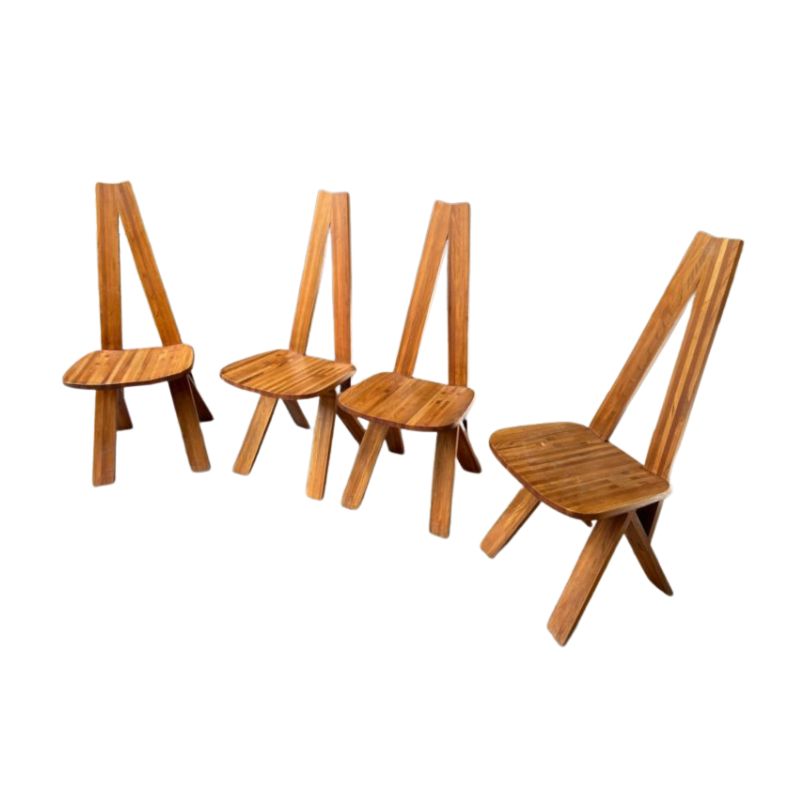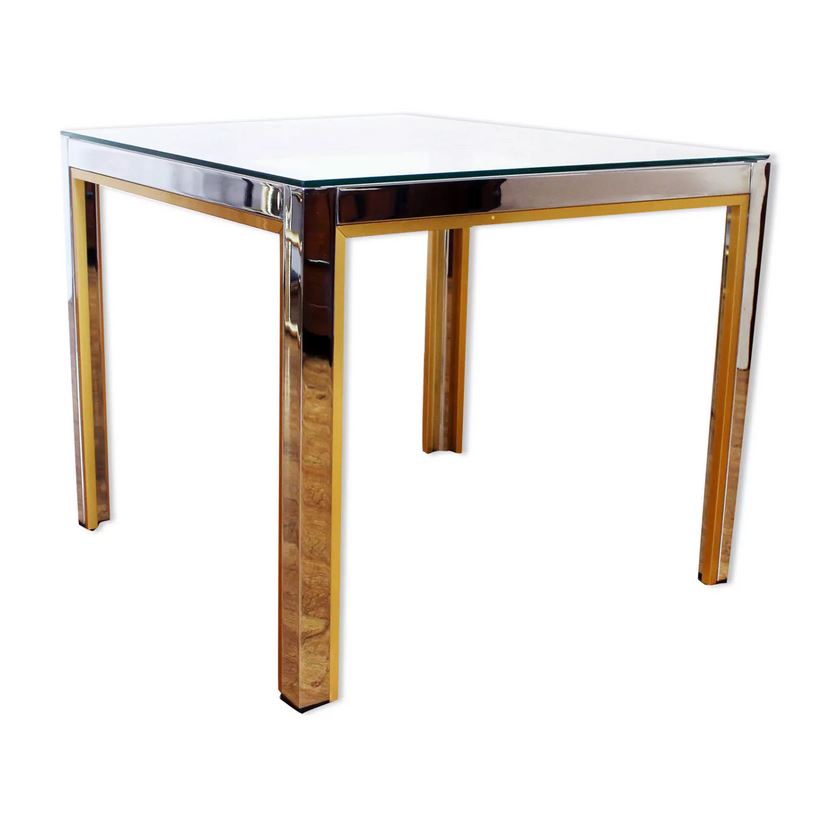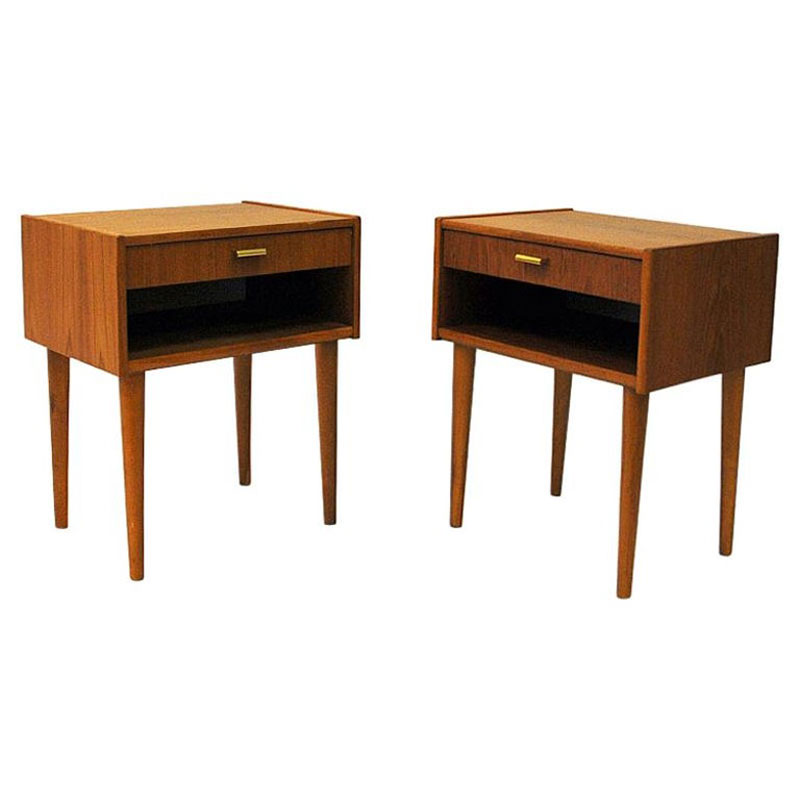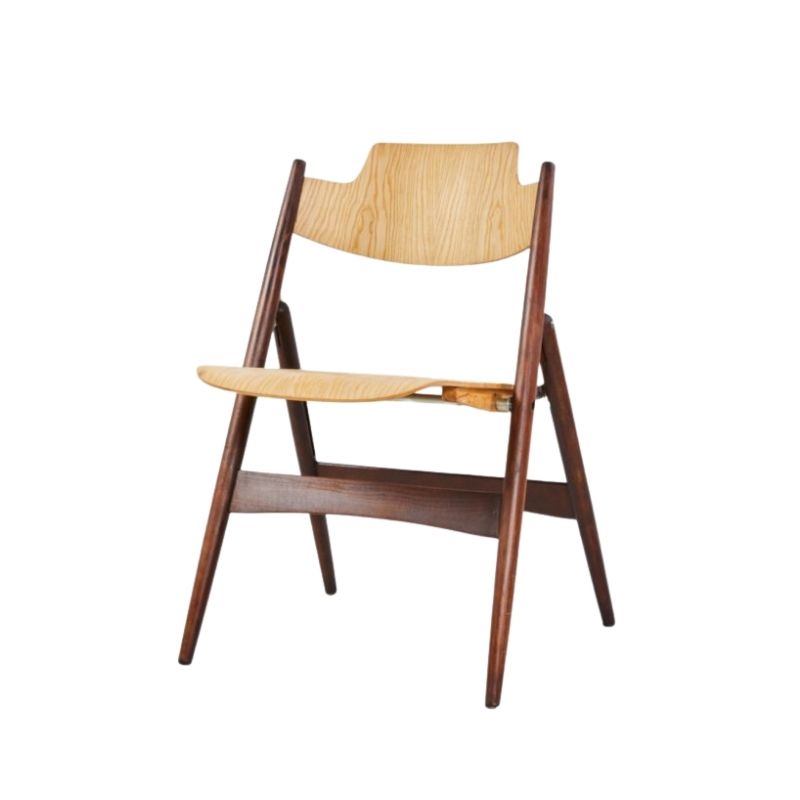So all can take a gander...
Here's a link posted in the other thread to some pictures of some of Tuttle's work...
http://www.uam.ucsb.edu/Pages/tuttle_preview
Paul Tuttle
Although some pieces like the Arco chair and the Super Z chair are well proportioned, most of the designs shown on the linked page are too close to earlier Thonet, Sarpaneva and other classics to do justice to the claim 'He stands out amount mid-to late-20th century designers in his avoidance of trends or styles and his uncompromising commitment to solving design problems in a fresh and original way' I do not intend this to be critical of the work but I am critical of the description of the work. Unfortunately this kind of discrepancies has become a trend of it's own in the design world. His work is closer to a personal interpretation of established types. I can understand Paul Tuttle's need to express himself in a more art related production next to his more industrial production in Switzerland, but I am not impressed by it. There is a certain level of virtuosity in this work but it could have been better used in 'fresh and original' works.
It still raises an important 'design' question. It goes without saying that this furniture is not designed nor intended for mass production. In some cases it is even badly constructed (The arched tube of the Arco chair for instance has a hole...and screw...in exactly the part of the tubing that carries the heaviest load) It is not designed either with the intention to reach a common denominator that could justify a larger production. These are clearly 'one of a kind' pieces. They are considered creative 'outlets' for those designers confined to the limitations of industrial production that are looking for a more expressive production. One of the champions in this area is of course Luigi Colani. This being said the more important question becomes whether this direction could just be more than a marginal production.
One could argue that in a world in which we have to consume less raw materials and energy we should pay more attention to products....and pay more for products... that are produced in smaller quantities but with more care and even more so, with a higher personal and thus 'emotional' content. More locally produced and closer to local culture.... I am not sure that Paul Tuttle would be the best example of this direction but it is an interesting input
If you need any help, please contact us at – info@designaddict.com









